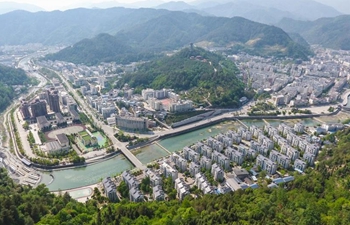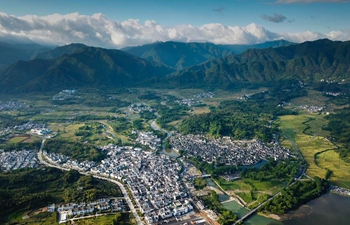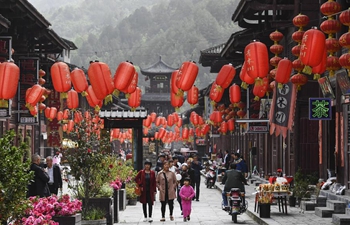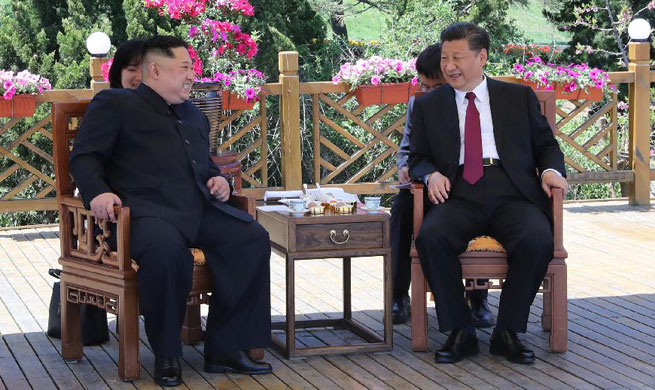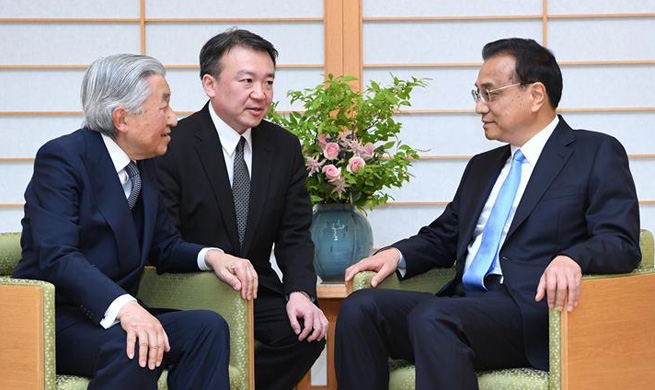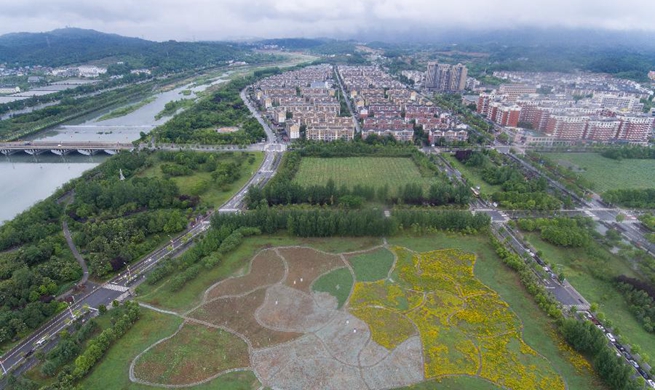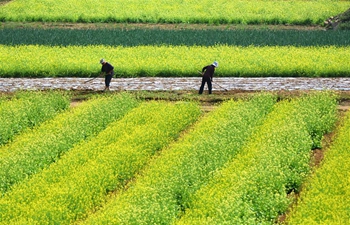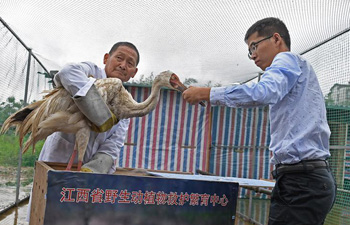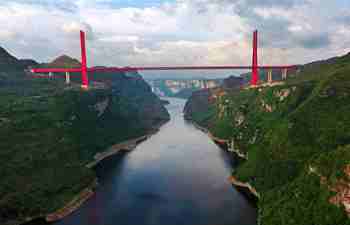BEIJING, May 11 (Xinhua) -- China has deployed two tsunami buoy systems in the South China Sea that can issue an alert two hours before seismic sea waves arrive, the Science and Technology Daily reported Friday.
The buoys are located near the Manila Trench, which is the most likely source of tsunamis affecting China. Numerical simulations have shown that if a magnitude 8.5 tsunami were to strike, the waves could exceed 10 meters, reach the western Philippines within half an hour and then affect the coastal regions of southern China, Vietnam, Malaysia, Brunei and other countries within one to four hours.
Shang Hongmei, a researcher at China's National Ocean Technology Center, said the buoy systems could monitor tsunami waves nearby and notify the defence department on land via satellite, so that people in coastal areas could be made aware of a tsunami two hours ahead.
Each buoy has been attached to an anchor chain linking to an observation platform 4,000 meters below sea level, which can observe the seawater depth through a pressure sensor, and report to the buoy through an acoustic system.
"Previous tsunami warning systems using seismic and water level data, always made forecasts relying on people's experience, which resulted in many errors. The new warning system with numerical simulations and tsunami buoys, improves efficiency and precision," Shang said.
It is the fourth generation tsunami buoy system developed by China, with meteorological and hydrological monitors, and Beidou satellite communication.
China has also strengthened its international cooperation on tsunami warning. The South China Sea Tsunami Advisory Center was launched Tuesday in Beijing. It was built by China and authorized by the Intergovernmental Oceanographic Commission of the United Nations Educational Scientific and Cultural Organization.
The center, built to monitor and warn of possible tsunamis, will provide 24-hour warning services to China, Brunei, Cambodia, Indonesia, Malaysia, the Philippines, Singapore, Thailand and Vietnam.
The center will also organize training and education programs on disaster prevention to countries bordering the South China Sea.




